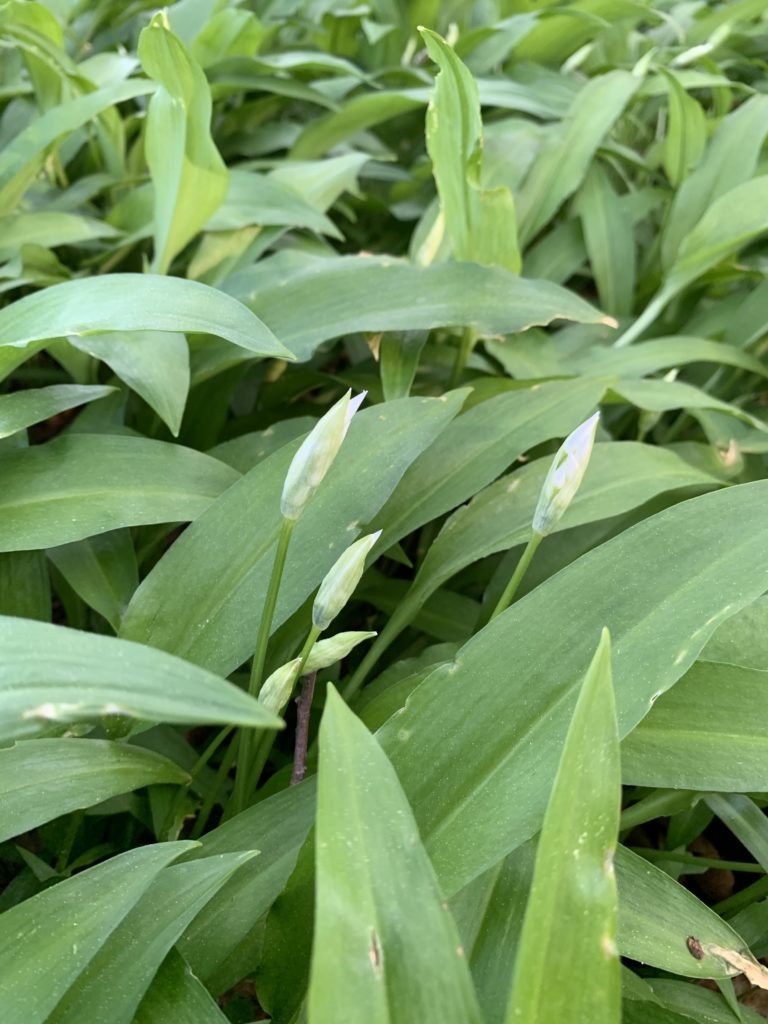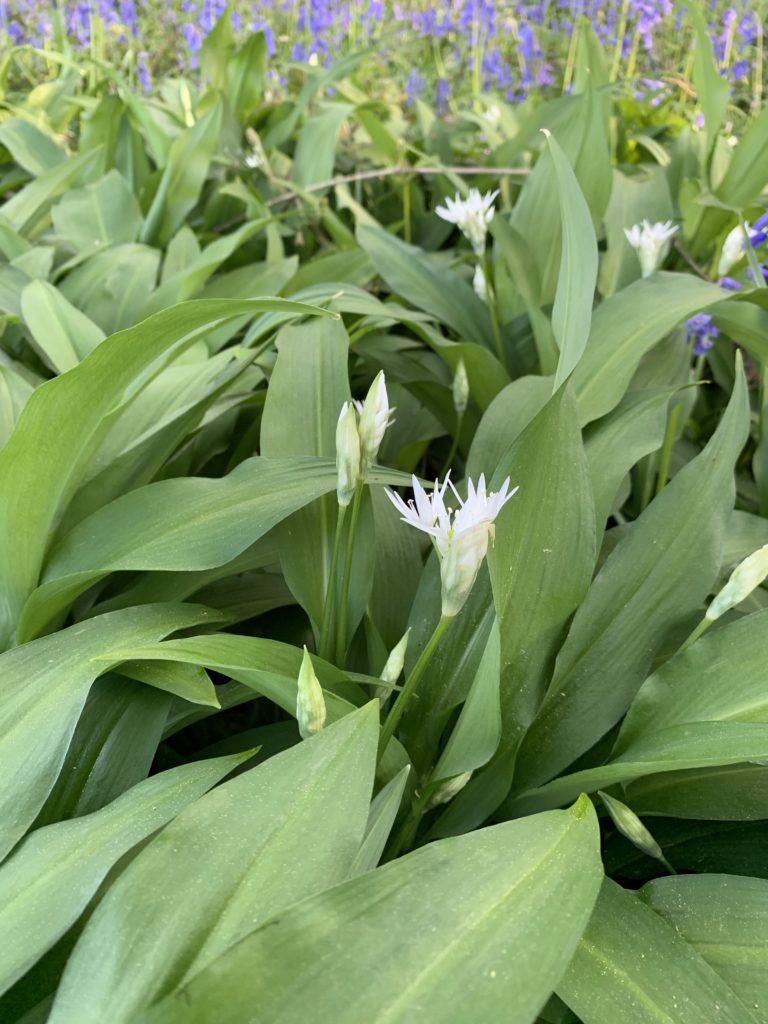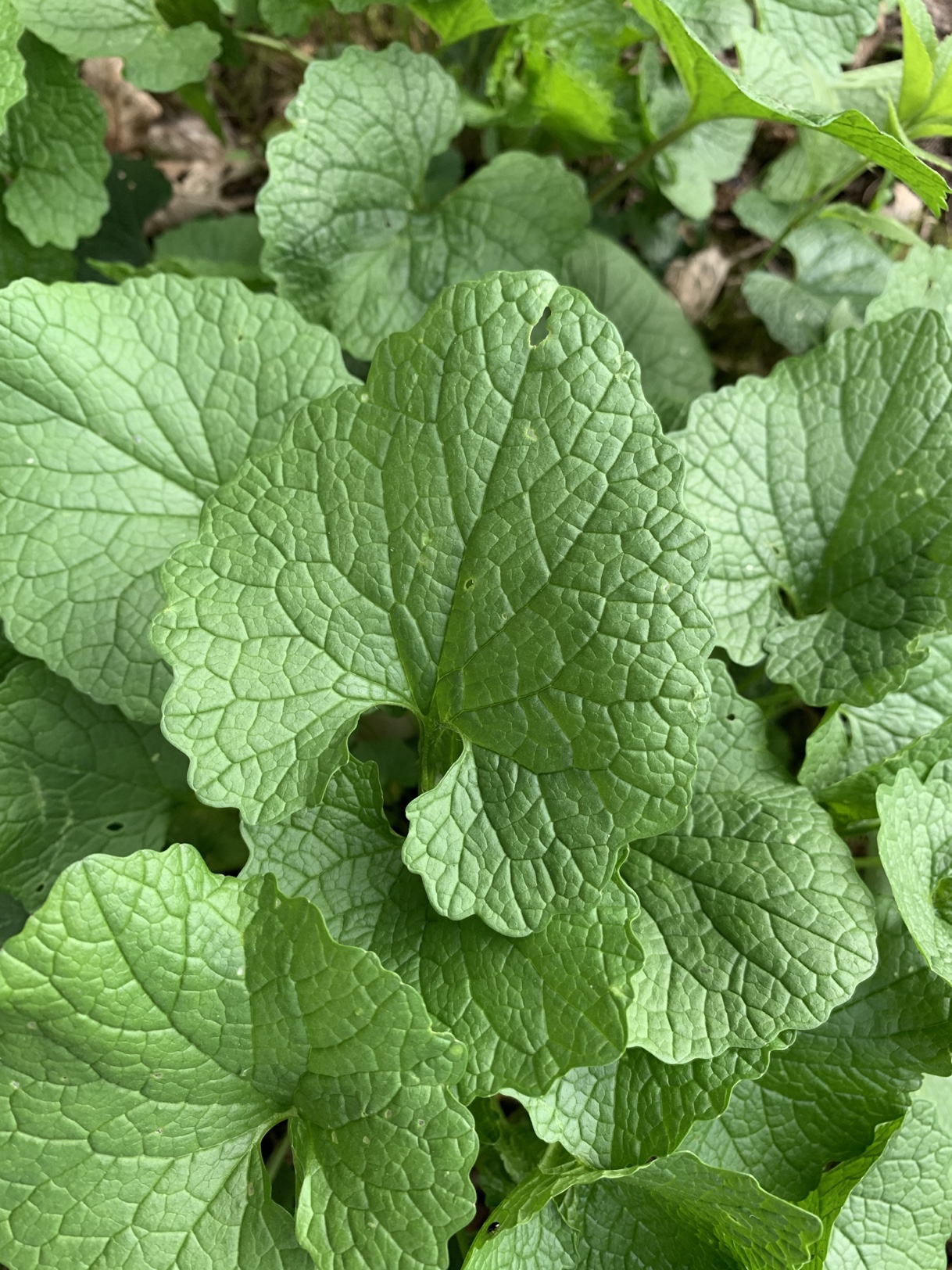Disclaimer
The information provided on www.wildlore.co.uk is for general informational and educational purposes only. We make every effort to ensure the accuracy and reliability of the information provided on our website. However, the information about wild foods and the suggested recipes for using them are based on traditional uses and are not approved by food safety authorities.
Wild foods can have powerful effects, and their safety and edibility can vary widely depending on factors such as location, preparation, and individual sensitivities or allergies. Some wild foods may be harmful if misidentified or if consumed in incorrect amounts. Therefore, we strongly advise our readers to exercise caution, conduct thorough research, and, if possible, consult with a medical professional or botanist before consuming any wild foods.
Wildlore.co.uk does not accept any responsibility for any illness, loss, or damage that may arise from the use of the information provided on our website or from consuming wild foods. It is the responsibility of the individual to ensure their own safety when foraging for and consuming wild foods.
By using our website, you acknowledge and agree that you are using the information provided at your own risk, and www.wildlore.co.uk will not be liable for any outcomes resulting from the use of this information.
Remember, when foraging, always respect the environment and adhere to local laws and regulations regarding wild food foraging.



